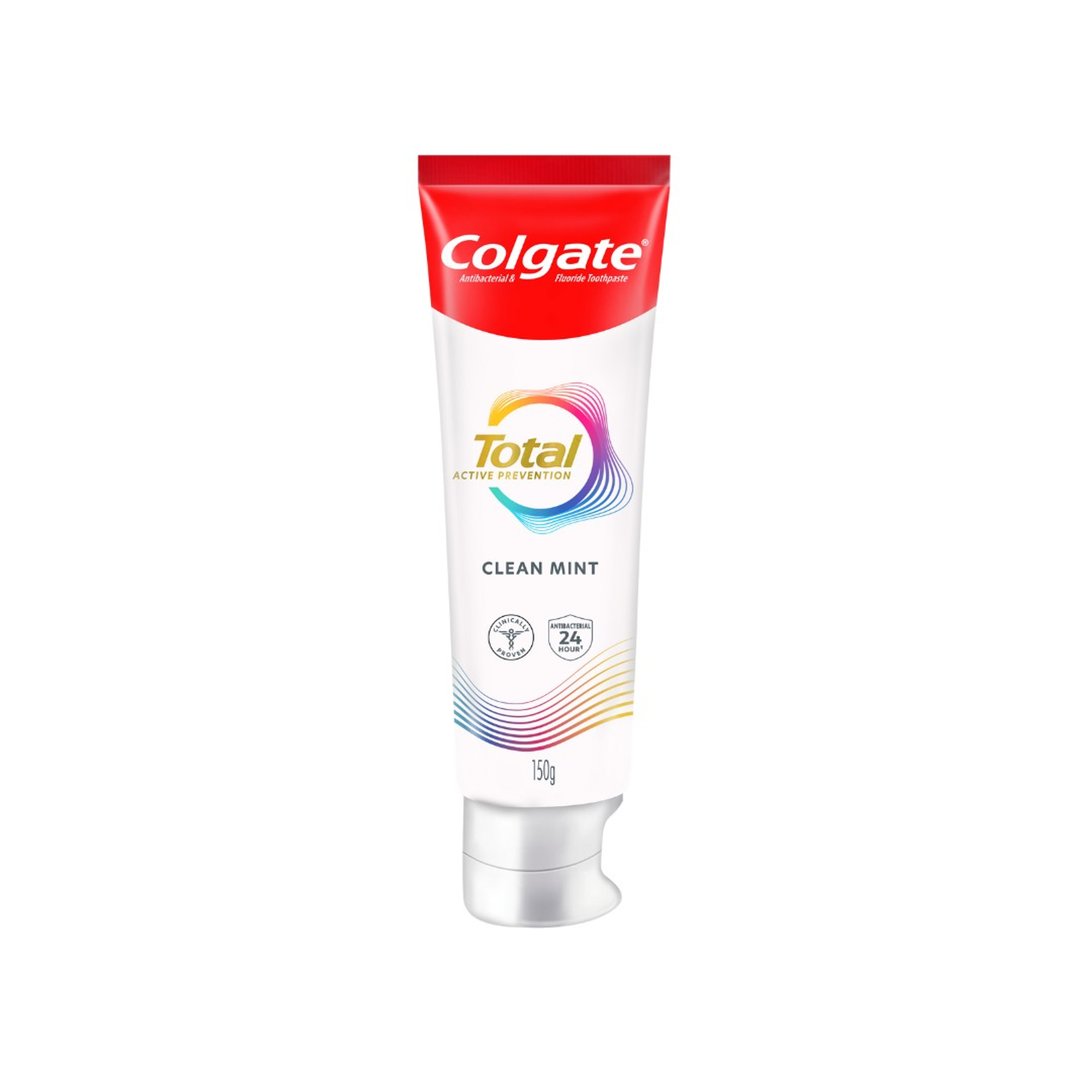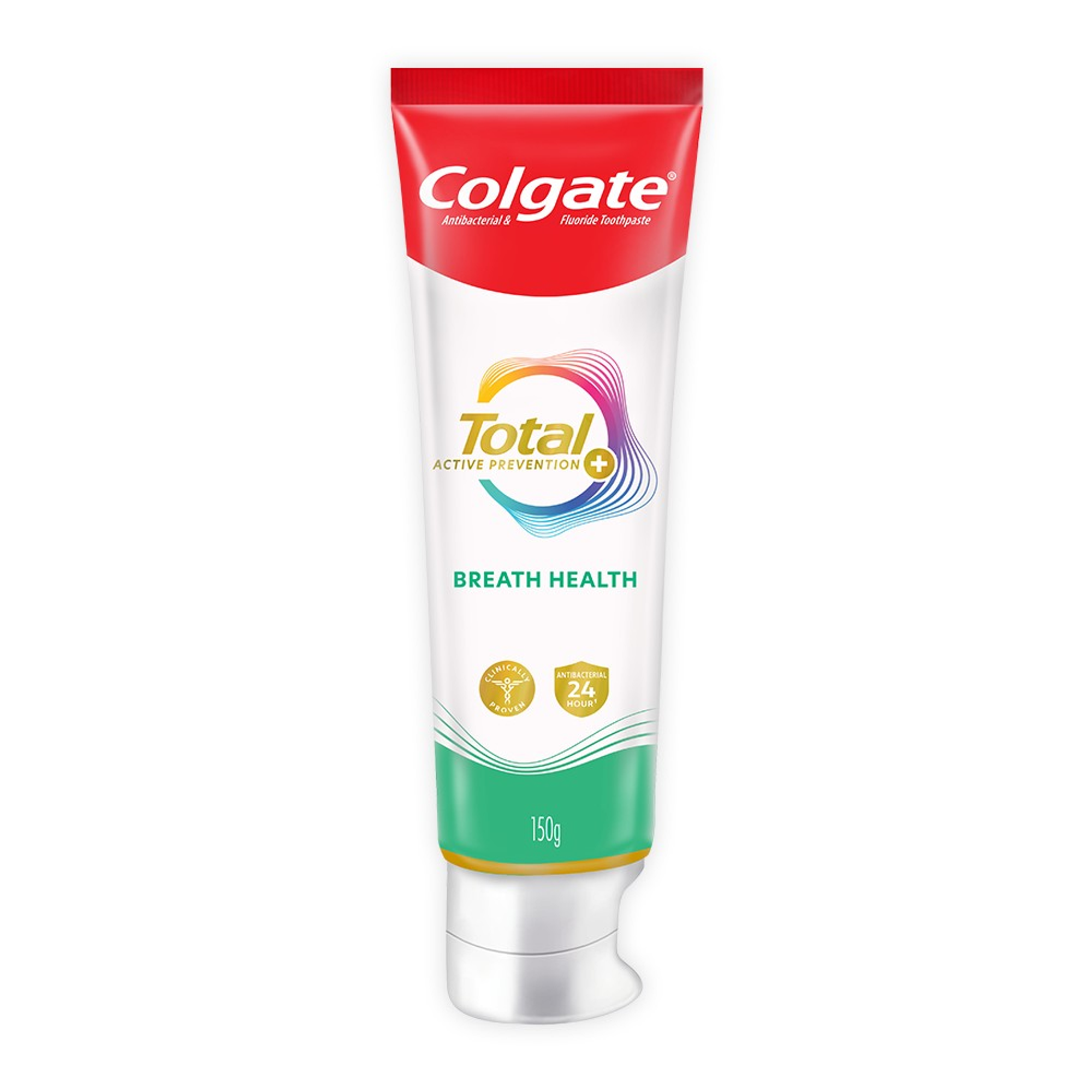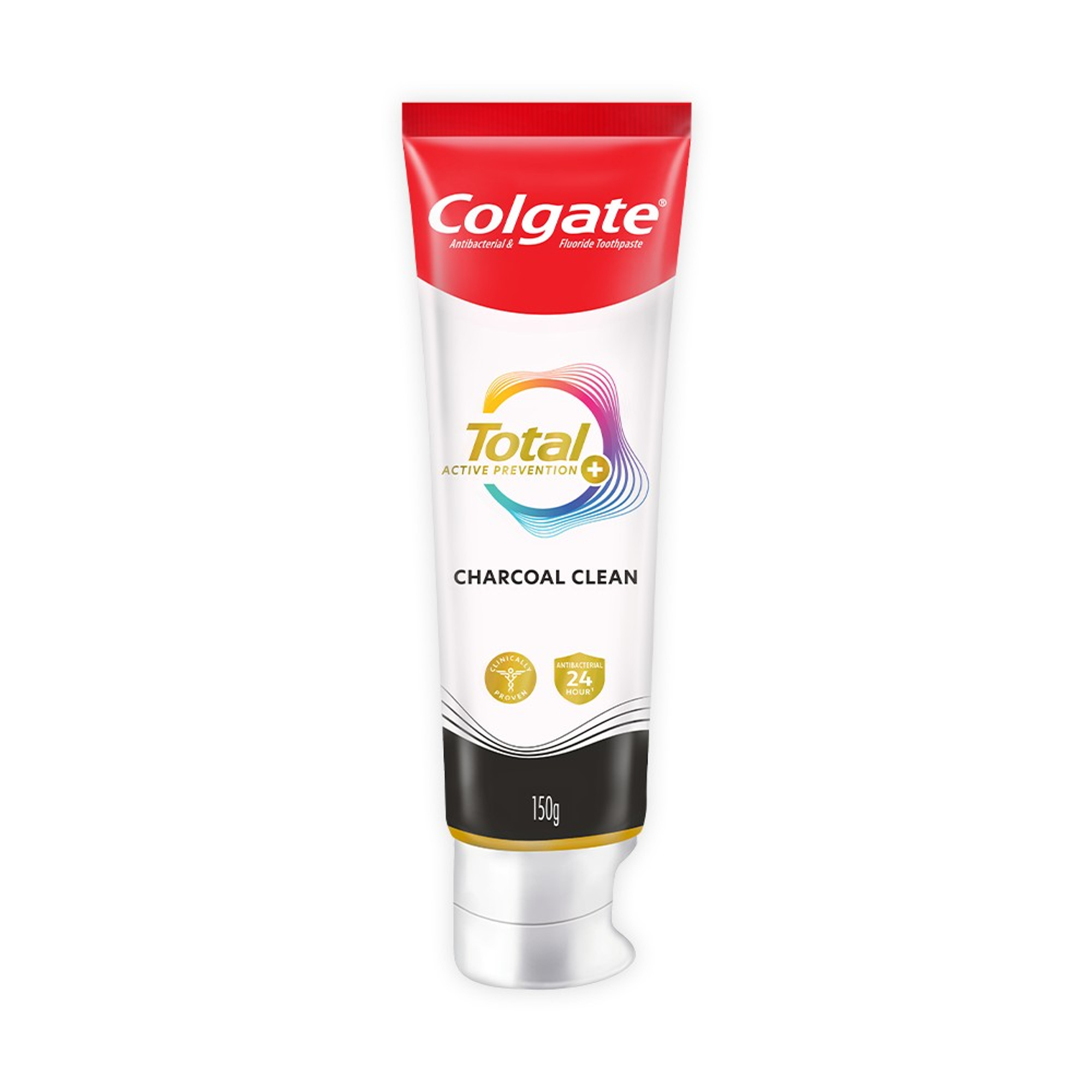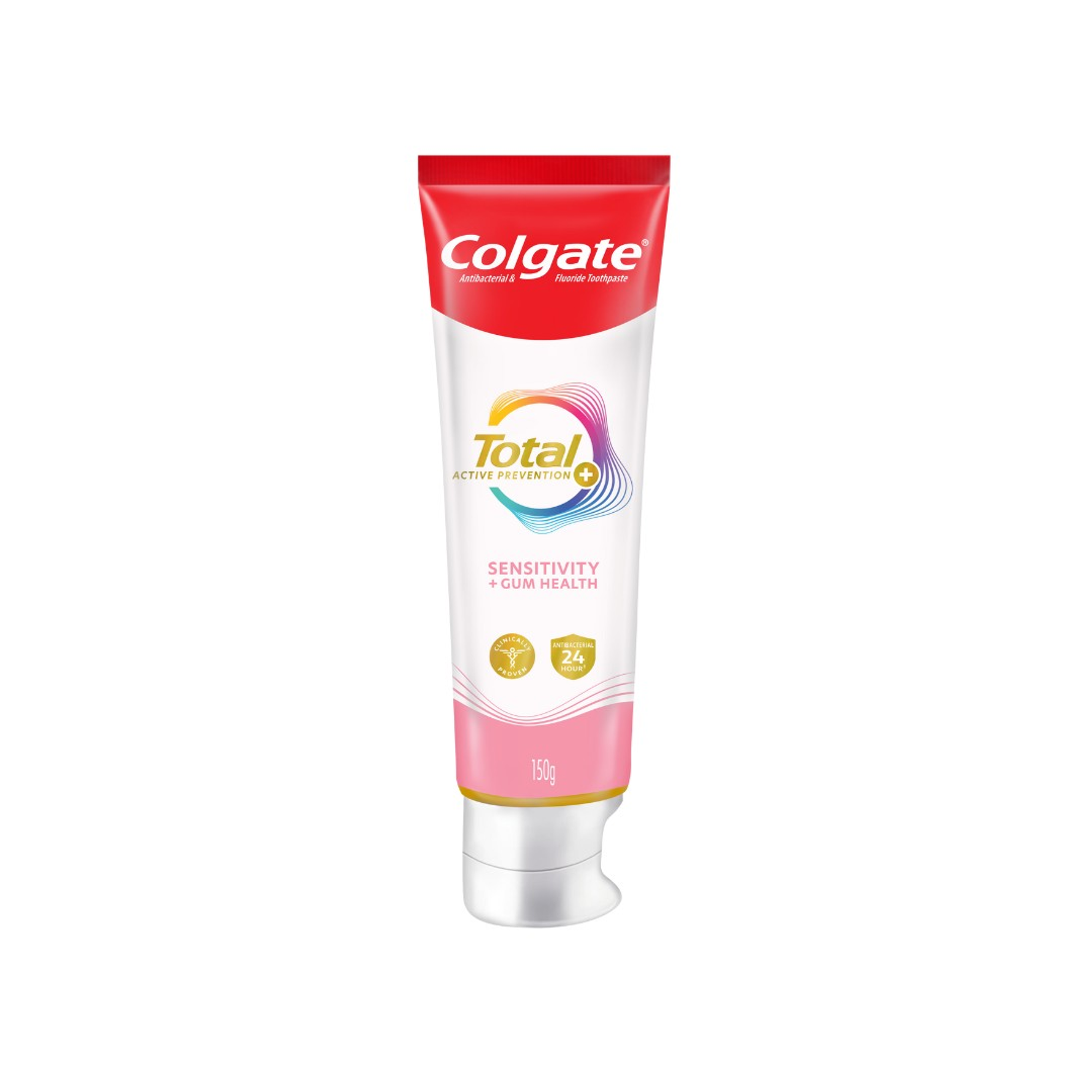-
-

ADULT ORTHODONTICS
Should You Use Mouthwash Before or After Brushing?Brushing and flossing are the foundation of a good oral hygiene routine, but mouthwash can also be a useful addition...

SELECTING DENTAL PRODUCTS
Soft Vs. Hard Toothbrush: Which One Should You Use?The toothbrush has come a long way. As the American Dental Association (ADA) notes...
-
Science & Innovation
- Oral Health and Dental Care | Colgate®
- Oral Health
- 6 Natural Ingredients in Fluoride-Free Toothpaste


One of the first things we notice about people is a shiny, white smile – the type of smile that lights up a room and causes others to smile back. Fluoride, found in most toothpastes, is a natural mineral that hardens tooth enamel, preventing cavities and helping to keep teeth healthy. However, for those who have some common sensitivity to fluoride as an additive in community water supplies, non fluoride toothpaste is an effective alternate. Reasons for sensitivity include the age of the brusher, aggresive toothbrushing or some other aversion.
So without the protection provided by fluoride, how does non fluoride toothpaste protect teeth? The answer is in the ingredients. Let's take a look at the most commonly found active ingredients in some non fluoride toothpastes and how these ingredients protect teeth.
Xylitol
Used as an alternative to sugar, Xylitol is a natural sweetener extracted from woody fibrous plants. It's widely found in fruits, vegetables, trees and corncobs. Not only is it a wonderful sugar substitute for diabetics, but it also reduces plaque (one of the main contributors to gum disease) and helps prevent cavities.
Green Tea Extract
Although green tea is all the rage for many tea drinkers, it also has some valuable attributes when it comes to oral health. Pace University reports that the polyphenols found in green tea fight bacteria that reside in the mouth and can cause numerous viruses. It also prevents bad breath, also known as halitosis in its chronic form.
Papaya Plant Extract
Papayas are known for their treasure trove of black seeds, and they're loaded with potassium and vitamin C. But papain, the enzyme inside a papaya tree, possesses its share of benefits as well. Most notably, explains the SFGate, papaya plant extract helps to whiten teeth by breaking down stains left over from certain foods.
Citric Acid
Oranges contain an abundance of citric acid. When plaque mineralizes on teeth, the result is a buildup of tartar. Citric acid assists in reducing the amount of tartar on teeth treated with it, according to the National Center for Biotechnology Information (NCBI).
Zinc Citrate
Similar to citric acid, notes the NCBI, zinc citrate aids in the reduction of oral bacteria in the mouth. When left untreated, plaque collects on teeth and gums resulting in gingivitis, the first stage of gum disease. Zinc inhibits the production of the bacteria that contribute to gingivitis.
Baking Soda
Also known as sodium bicarbonate, baking soda serves multiple purposes when it comes to teeth cleaning. Like some of the above ingredients, baking soda fights plaque. It also functions as a stain-remover, which leads to a brighter smile.
If toothpaste with fluoride isn't for you, going the non fluoride route can clean your teeth just as well. But as part of any good oral health plan, be sure to include flossing every day and regular visits to your dentist.
Learn more about fluoride in toothpastes in the Colgate Oral Care resources.
Related Articles
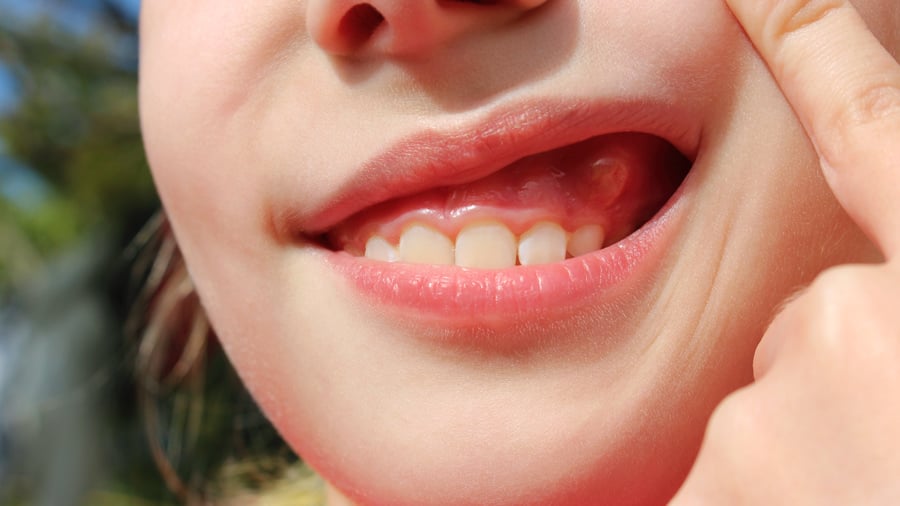
If you notice anything strange in your mouth, such as a gum boil or a bump that looks like a pimple, it's a good idea to have it checked out by a dentist.
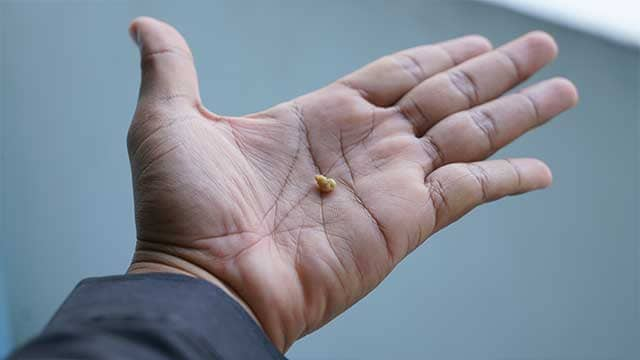
Tonsil stones, clinically called tonsilloliths, are small, white discharges that form in the crevices of the tonsils. They are typically found on the surfaces of the pharyngeal tonsils on either side at the back of the throat. They can be as small as a grain of rice or as large as a pea. They are quite common and usually harmless, but they may spark alarm in patients when noticed for the first time.

Related Products

Helping dental professionals
More professionals across the world trust Colgate. Find resources, products, and information to give your patients a healthier future




